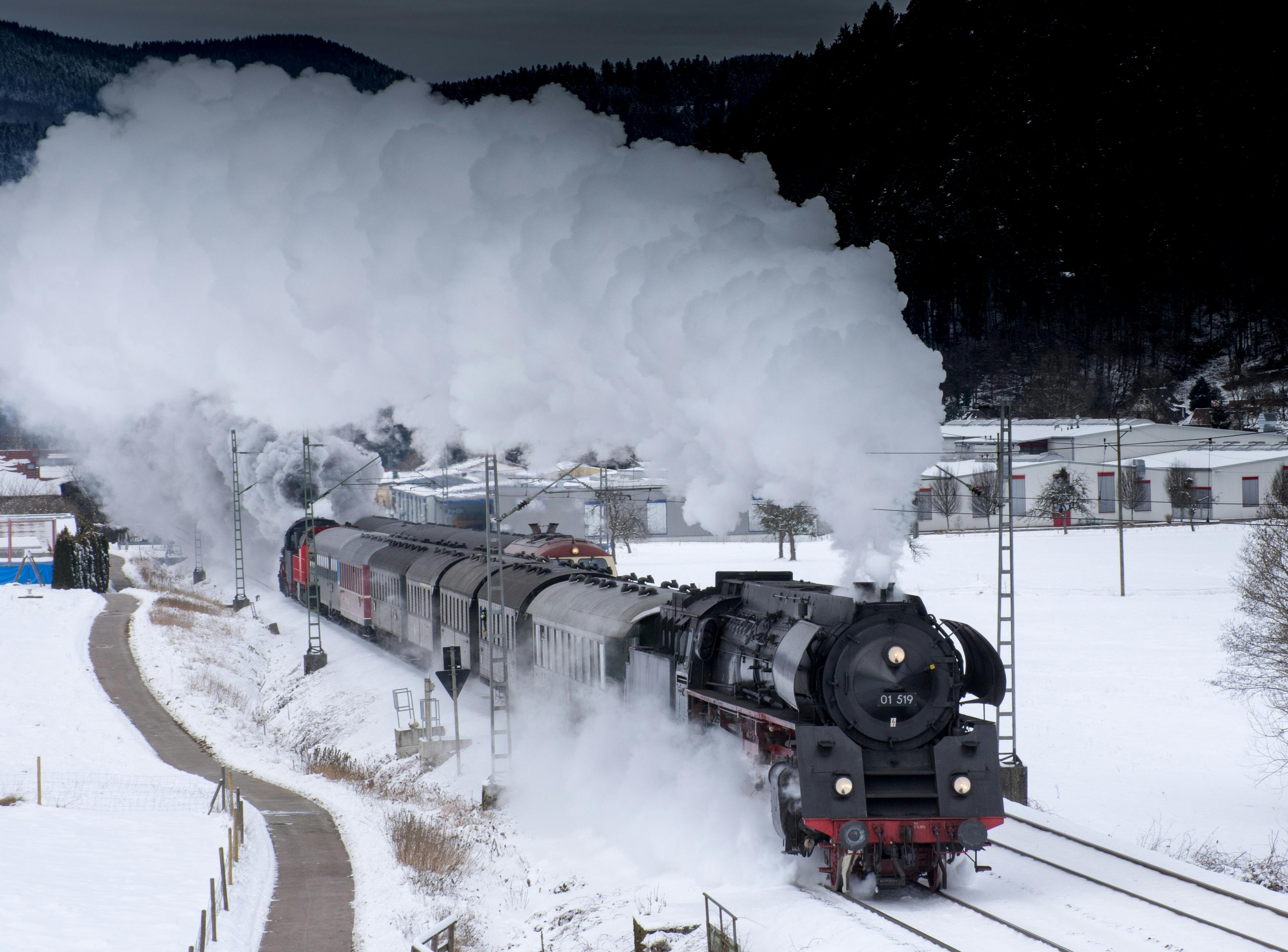When you get to the Nashville city limits sign coming from either direction, it says “Music City Metropolitan Nashville Davidson County, Home of the Grand Ole Opry.” See Nashville prides itself on its country music heritage these days, but that hasn’t always been the case. Way back in 1925, when Edwin Craig first started WSM radio, Nashville’s “old money” wanted nothing here that would portray the city as backward or mischievous. The early years brought endless battles with Nashville’s conservative establishment, which was highly protective of Nashville’s image as the “Athens of the South.” They told Craig that “you should educate those yokels, not pander to them.”
In its early days, WSM had its studios on the top floor of the National Life and Causality Building. They chose the nickname “Air Castle of the South” because they were on the top floor of the building, all 5 floors. They built a large one-room studio with a grand piano and elaborate red curtains that made it seem quite a formal venue and was primarily intended for the big dance bands and opera performers of the day.
WSM’s fate changed in early November 1925 when they hired a young broadcaster, George D. Hay, away from the powerful WLS in Chicago as their manager. George Hay had made a name for himself and was known on the air as the “Solemn Ole Judge” despite the fact that he was only 30 years old at the time. He had earned the nickname in his childhood when relatives said of Hay’s serious character: “He is as solemn as a judge.” Hay had heard and liked a variety of local folk music earlier in his life and felt it would be a good “mass” appeal to the new medium of radio. He hired a 78-year-old violinist, Uncle Jimmy Thompson, to play one night when a regular act didn’t show up. The listener reaction was so strong that Hay announced that the following month WSM would broadcast an hour or two of early music every Saturday night and would call the show WSM Barn Dance. There is, since the “Solemn Ole Judge” would be the original announcer.
In December 1927, after a Saturday night ‘Music Appreciation Hour’ performance, which featured the classics, the “WSM Barn Dance” opened with Deford Bailey, whom Hay referred to as “The Magician of the harmonica”. Following Bailey’s rendition of “The Pan American Blues,” Hay announced, “for the last hour we have been listening to music largely taken from Grand Opera. From now on we will present the Grand Ole Opry.
Seventy years later, in 1997, I stepped back from the now infamous Grand Ole Opry for the first time. Over the next several years, I would become a backstage regular attending the Saturday night Grand Ole Opry countless times. My kids grew up thinking that a Saturday night backstage at the Opry was normal, but it wasn’t. Each attendance was an opportunity to see history in the making.
One such event occurred in 1998, as I recall. It was a typical night at the Opry except for one thing. Johnny Paycheck had been sick for a while and in Ohio. Tonight would mark his return to the Opry. Backstage at the opry is usually very lively now with people visiting and doing what the old-timers called a “shake and howdy,” greeting each other and everyone else backstage. Sometimes it’s hard to even hear what’s going on at the front. But tonight, when Paycheck walked up to the microphone and his violinist played that signature lick, you might have heard a pin drop. Paycheck leaned into that famous microphone with the triangular stand cover marked WSM Grand Ole Opry and sang. “I can’t remember, once in my life, I felt as lonely as tonight, I feel like I couldn’t lie down and get up no more, it’s the most terrible feeling, I’ve never felt it before. Tonight I feel, like and Old Violin, that will soon be put away and never touched again.
I wonder if the bow was some sort of sentiment representing the older generation of country music acknowledging that their time had passed. But did he really have it? Won’t he live forever? I think it will. I think the very fact that the Grand Ole Opry is still considered the Mother Church of country music to this day is proof that the foundation of county music will never be lost. Time and sounds will change, of course. The artists of the ’70s were very different from their predecessors of the earlier ’50s, but they had their own brand of reverence for the great artists of the past. With each new generation of country singers they bring their own style, but if you listen hard enough you’ll hear influences going back to Deford Bailey. Every once in a while, each new generation pulls out the old violin and reminds us that the sweetest sounds come from the oldest, time-tested instruments.




